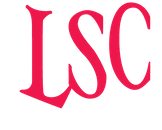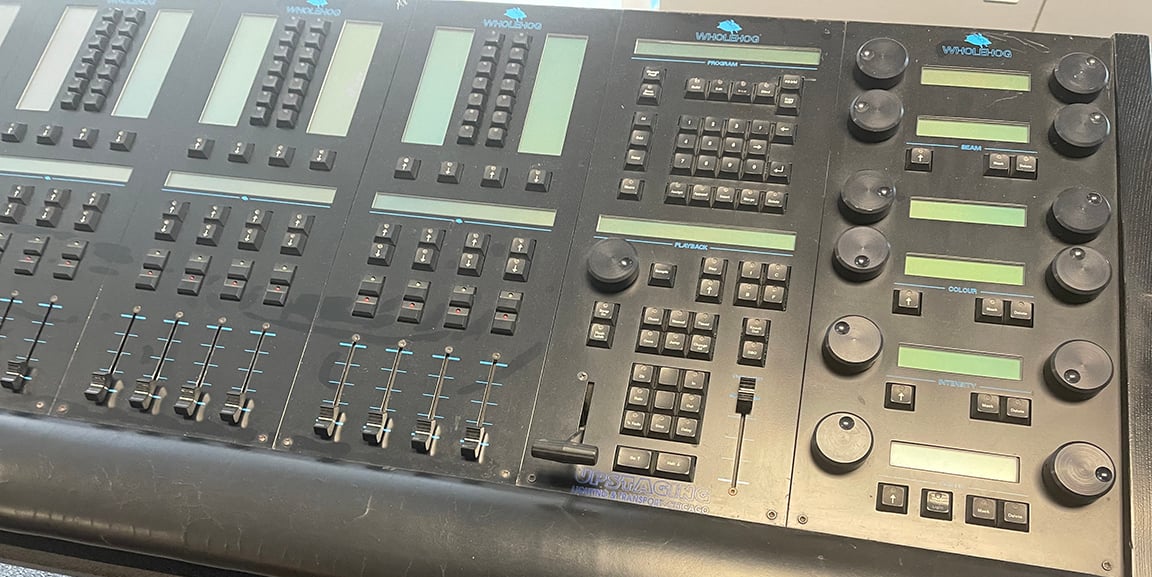As ETC prepares to build and ship a new generation of Hog hardware, here’s a nostalgic look back at how the story of Flying Pig Systems unfolded over 30 years ago, with three young men ultimately delivering a quantum leap and a radical shift in stage lighting control capabilities.
Setting The Stage
By the mid-1980s, automated lighting was coming of age, but rock shows still relied on Avolites, Celco or other control desks, designed to control conventional lighting and dimmers. Meanwhile, Vari-Lite held a firm grip on the moving light market - although Morpheus deserves some mention back in the day. Vari-Lite only rented their systems, and their Artisan control only ran Vari*Lites. At the same time, other lighting manufacturers worldwide such as Clay Paky and High End Systems were starting to produce nightclub and tour-worthy luminaires that operated from their own proprietary controllers. Ultimately, the larger tours started to balk about needing two consoles, operators, and technicians for their big shows. Why couldn't one console do it all?

Nils, Nick and Tom Enter The Scene
In 1992, a trio of innovators released a new computerized control system for entertainment lighting. Most amazingly, the console was created, from concept to completion, in less than one year! They named their company Flying Pig Systems, referring to the relative impossibility of their project's success, and the desk was dubbed 'The Wholehog', inferring that this is one control console that could 'do it all'. Introduced at the PLASA show in September 1992, the Wholehog totally stole the show, winning PLASA’s Lighting Product of the Year Award and setting the industry on fire. For the three partners – Nick Archdale, Nils Thorjussen and Tom Thorne, it was major vindication and well deserved triumph. The only problem was that they were broke, having spent all their seed money in developing the desk.
Archdale was a British lighting operator and engineering whiz kid whose experiences running newer moving lights on the rave scene led him to the concept for Wholehog. Thorne, a brilliant software engineer, had worked with Archdale on a previous desk, the DLD-6502. Thorjussen brought his acute business and marketing sense to the mix. Partially funded by Peter Miles and Tim Baylis of SpotCo, whom they shared space with in London, the Pigs went right back to work. The control system they invented ultimately offered a giant leap forward in lighting control.
Nils points out, “When we started Flying Pig Systems, it was a fairly straightforward problem that needing addressing at the start of the 1990s. Vari-Lite had the Artisan console, but there was no credible alternative for controlling the other moving lights that were starting to appear in the market. Hog 1 helped us figure things out, and Hog 2 is where we put it all together.”
In addition to handling the usual conventional dimmer channels and scrollers, the Wholehog's trump card was the ability to offer sophisticated control of this new breed of multiparameter moving lights via its Fixture Library and LTP+ priority system. The desk also introduced vital concepts such as LCD labeling of palettes and playbacks, graphical patch, MIDI and timecode control, and macros. These features enabled rapid programming of complex lighting scenes. The console also included the predecessor of the modern 'effects engine' so prevalent and still relied upon today by even the most skilled programmers.


